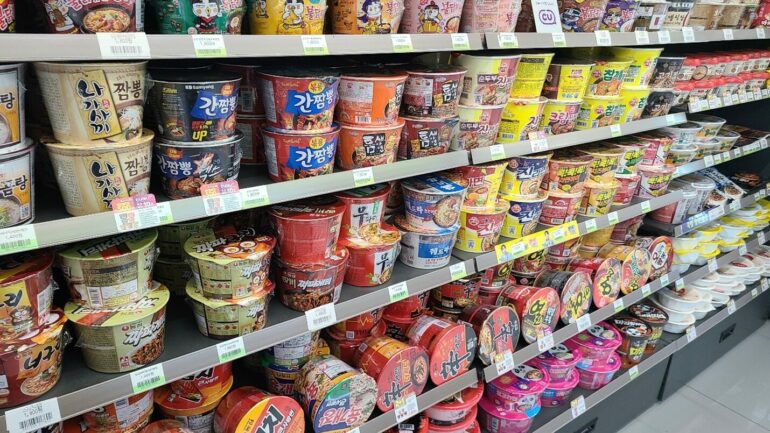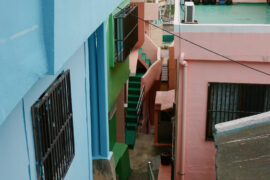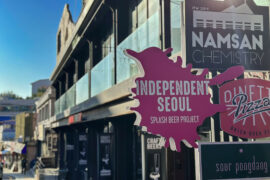Korean convenience stores are a whole world of their own – with hot food stands, seating, cheap alcohol – and even mix your own drinks (read more about South Korean convenience stores in our previous blog).
But they’re also a brilliant way for people travelling with dietary requirements in Korea (like being vegan or gluten-free) to hack the system and access the parts of Korean culture that could be tricky otherwise in a famously meat-heavy cuisine.
From buying plant milks to take to your breakfast buffet, to stocking up on tasty snacks to go hiking with, there are lots of cheap and easy alternatives – provided you know what you’re looking for. We asked Meggie, one of our guides on the ground in South Korea, to put together a quick guide to working your way around Korean convenience stores if you’ve got dietary requirements. Here are her thoughts.
Convenience store layouts
“For those with food restrictions, eating in South Korea can seem like a daunting and limited experience. Choosing snacks or meals at the always clean and trust-worthy convenience stores is one way to stay certain about what you’re consuming – it just takes a little knowledge and know-how to navigate!
“While no two convenience stores are organized precisely the same way, there are a few standards you can expect. The milk, juices, and ready-to-eat meals will always be in an open refrigerator against one wall. There will always be a shelf dedicated to baked goods and bready snacks. The crisps will be plentiful and so will the cup noodles. There will be a microwave somewhere in the building, ready to zap your meal to perfection. The chewing gum will always be near the cash register.
“Several items will have deals like 1+1 (buy one get one free) or 2+1 (buy two get one free) and the worker nine times out of ten will not let you miss out on your freebie, even if you don’t want it!”
Open refrigerator section
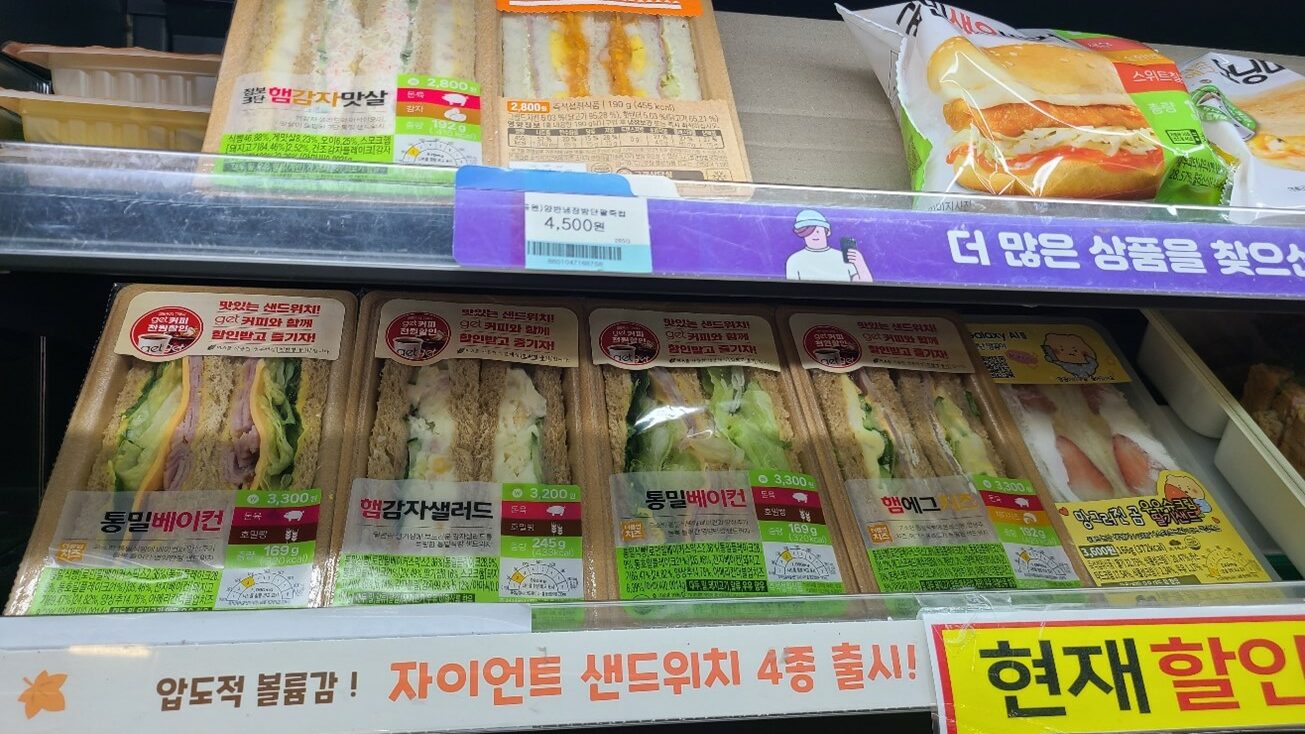
“Starting with that open refrigerator, let’s assume you’re looking for a quick, safe meal.
“You’ll notice there’s very little English on these sandwiches – but there is a picture of the main ingredients, description of the contents, and calorie count. Using translation apps to read labels is the quickest and easiest way to know what you’re getting.
“At the top of the packet, there’s a picture of coffee – which means you’ll get a discount on a coffee with this sandwich. This is really common. Anything that needs microwaving will have a picture of a microwave, and the cooking time. The symbols to look out for are 분 for minute and 초 for seconds.”
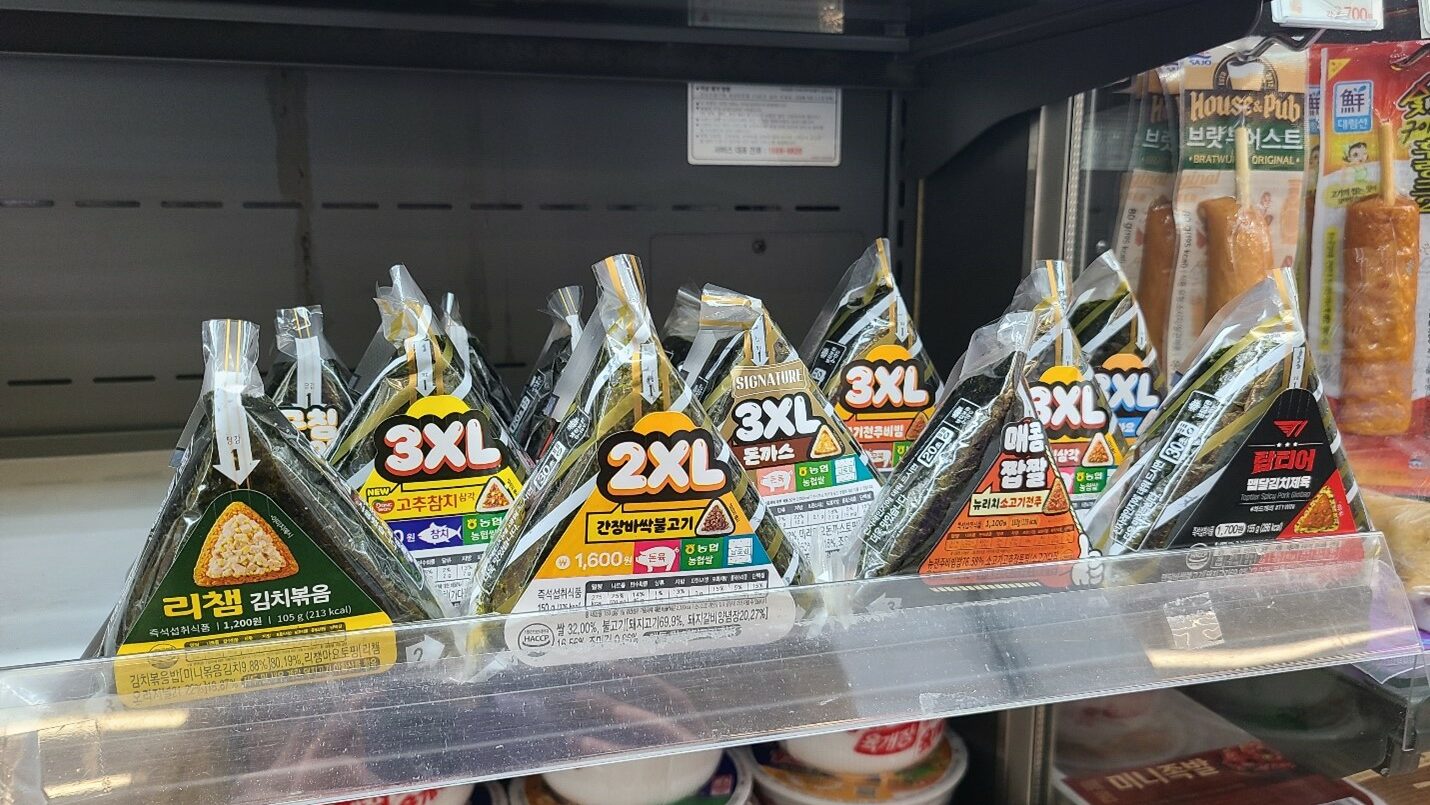
“Another snack that’s handy to grab is the samkak kimbap, which means three corners kimbap. From the pictures, you can see this is rice and a filling wrapped in seaweed. The labels follow the same pattern as sandwiches – if there’s meat, there’ll be a picture of the animal.
“There’s a special way to open these (there’s a plastic barrier between the seaweed and rice to keep it crispy!), so follow the numbered steps to peel the plastic off.”
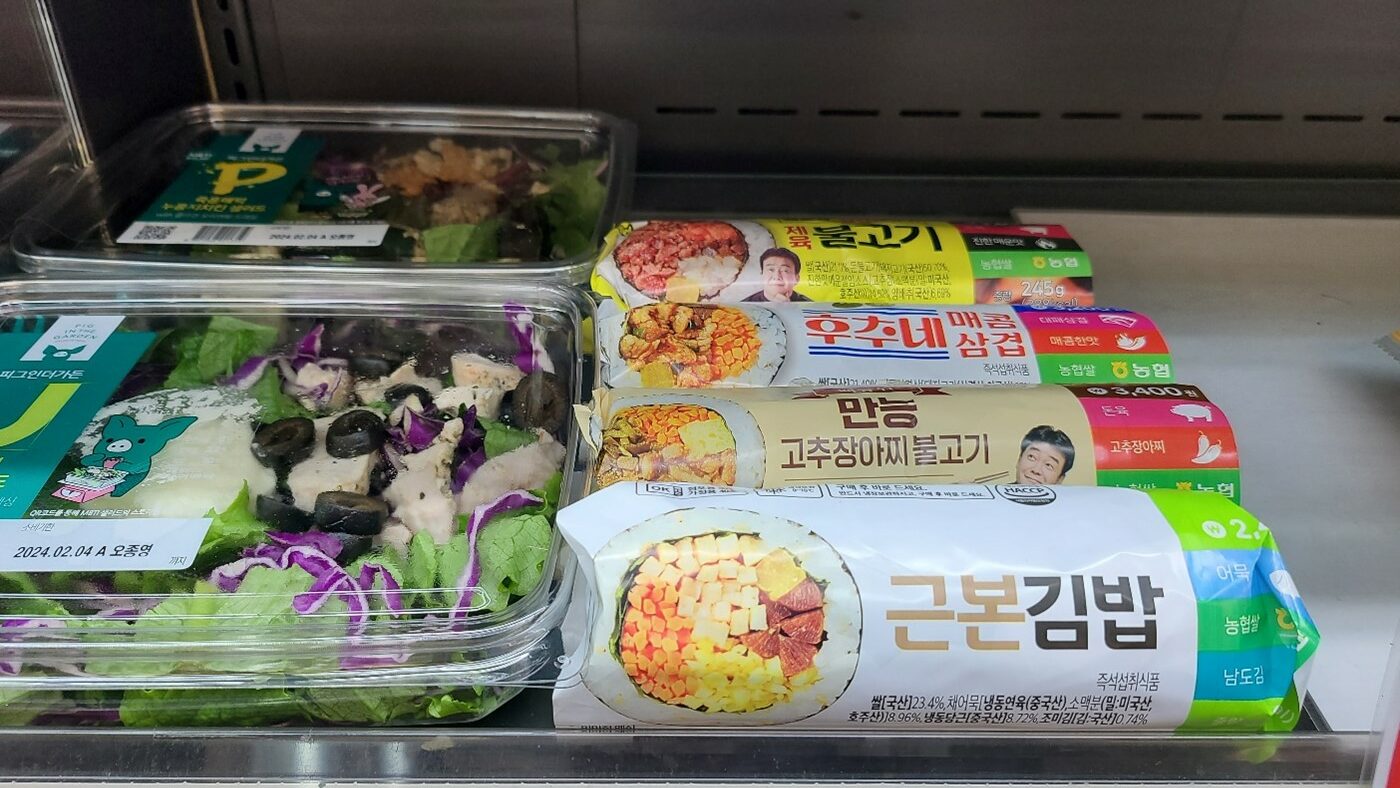
“Standard roll-style kimbap and salads are also available with descriptive labels and pictures.
“If you’re on the hunt for protein, you’ll usually find fully-cooked and microwavable meats, fish, and tofu in the fridge section, too. You can microwave these or eat them cold. As with all the other foods, the small print at the bottom of the packaging tells you the full ingredients, plus cook time if needed.”
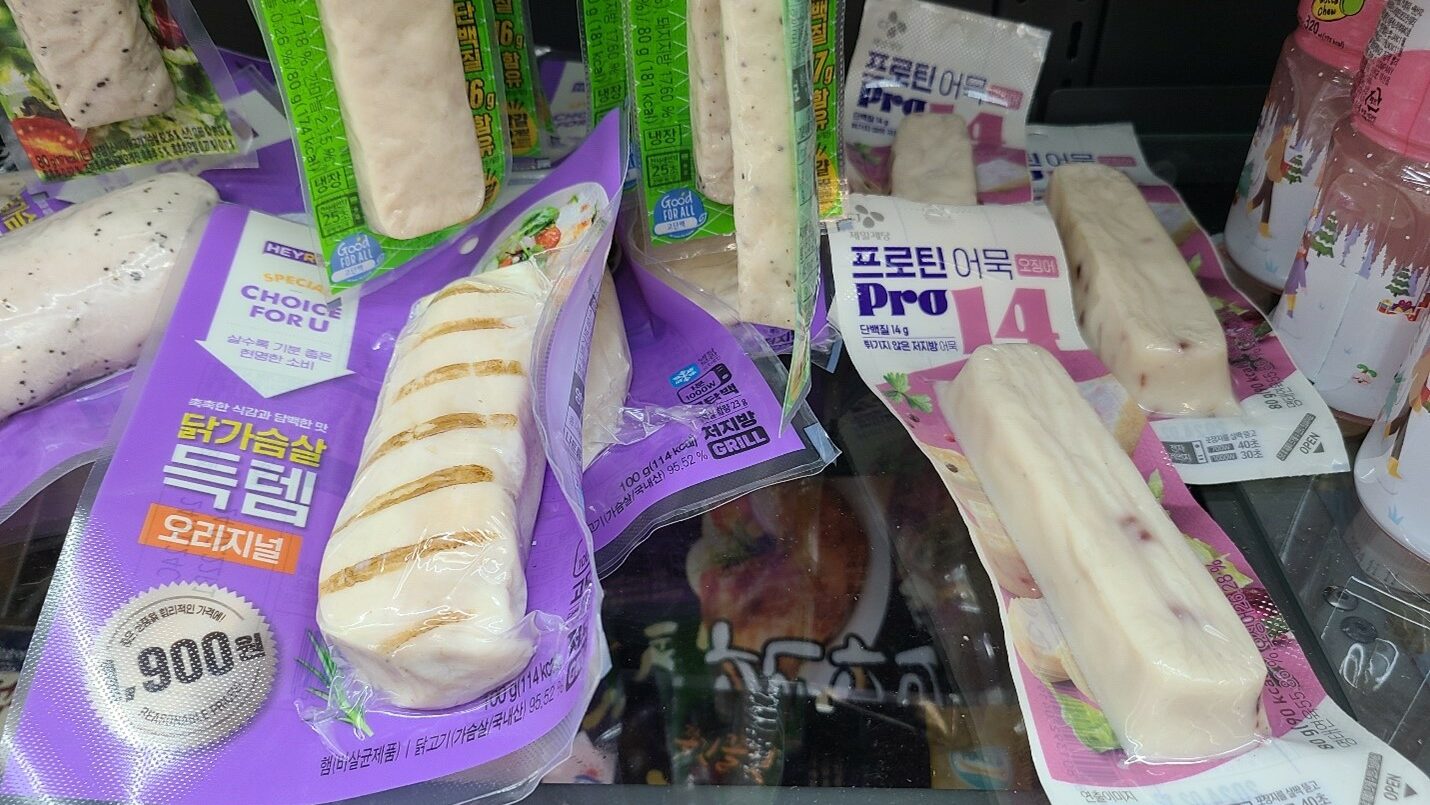
“Usually below these packaged meals are smaller options like fresh, washed, ready-to-eat fruits and smoked, steamed, or baked eggs.”
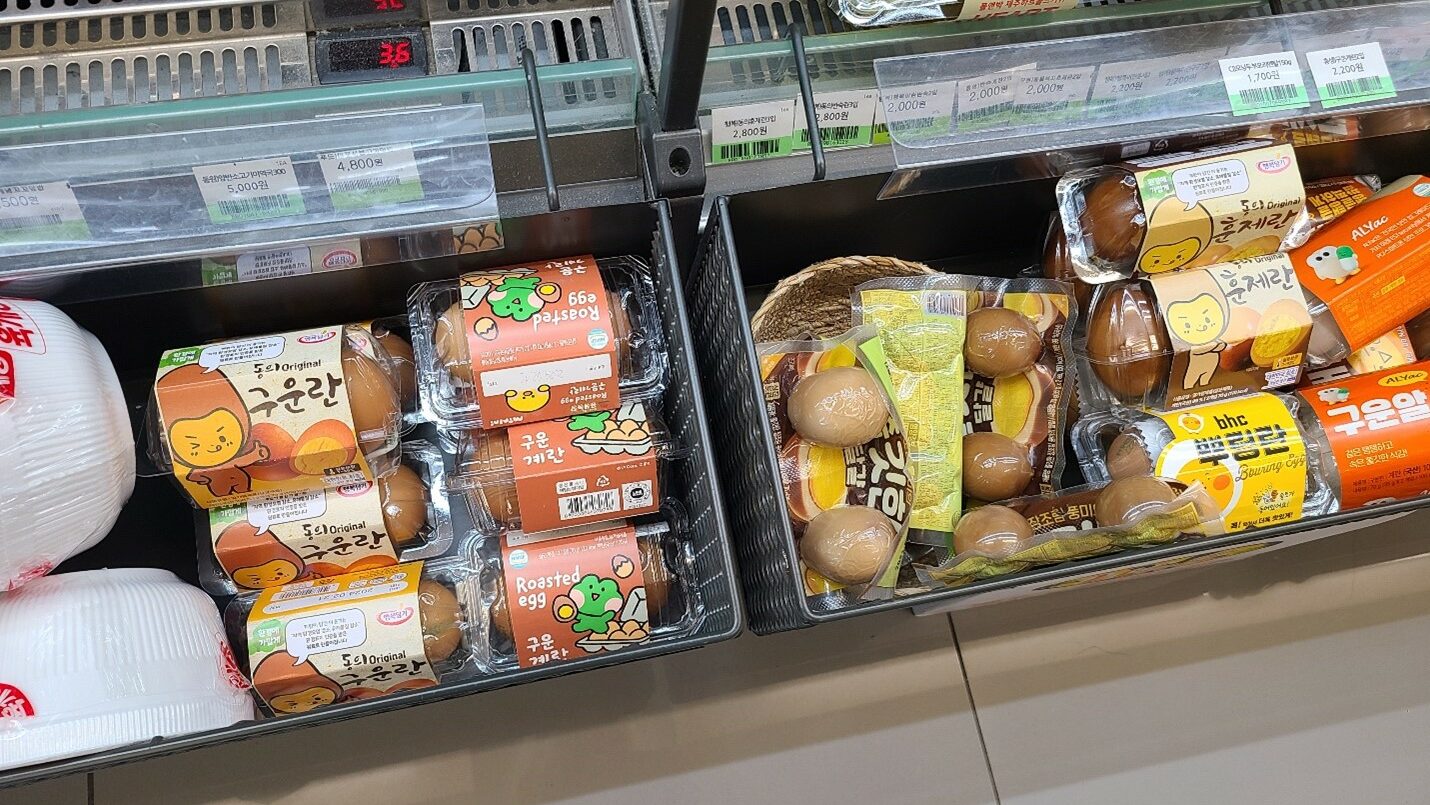
Milks, juices, and meal replacements
“Also typically located in the open refrigerator, you’ll find various ready-to-drink or single-serving beverages. For milk drinkers, there is a wide variety of flavored and non-flavored cow milk. Baskin Robbins Korea has become particularly creative with its flavours, but they’re dessert-level sweet!
“These drinks will always have pictures of their flavour, so even without the ability to read Korean, you can easily tell which milk is strawberry and which is chocolate.”
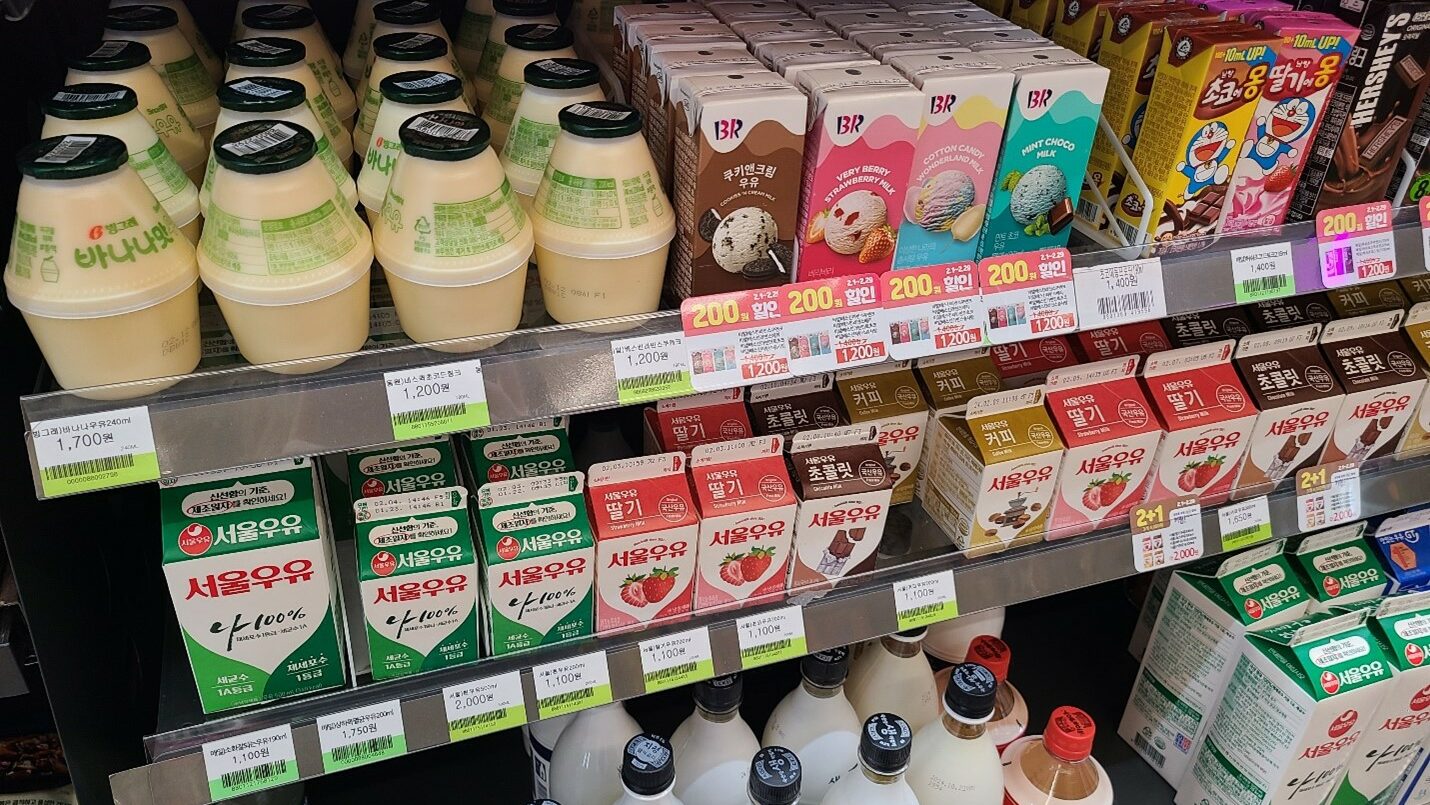
“If you don’t drink cow milk, there’s a decent selection of almond, oat, and soy milks available in most convenience stores. The picture below shows a few of the options and again the easy to read/identify labels. The milk alternatives often have much more English on them, but the word for soy milk is 두유 if you get stuck.”
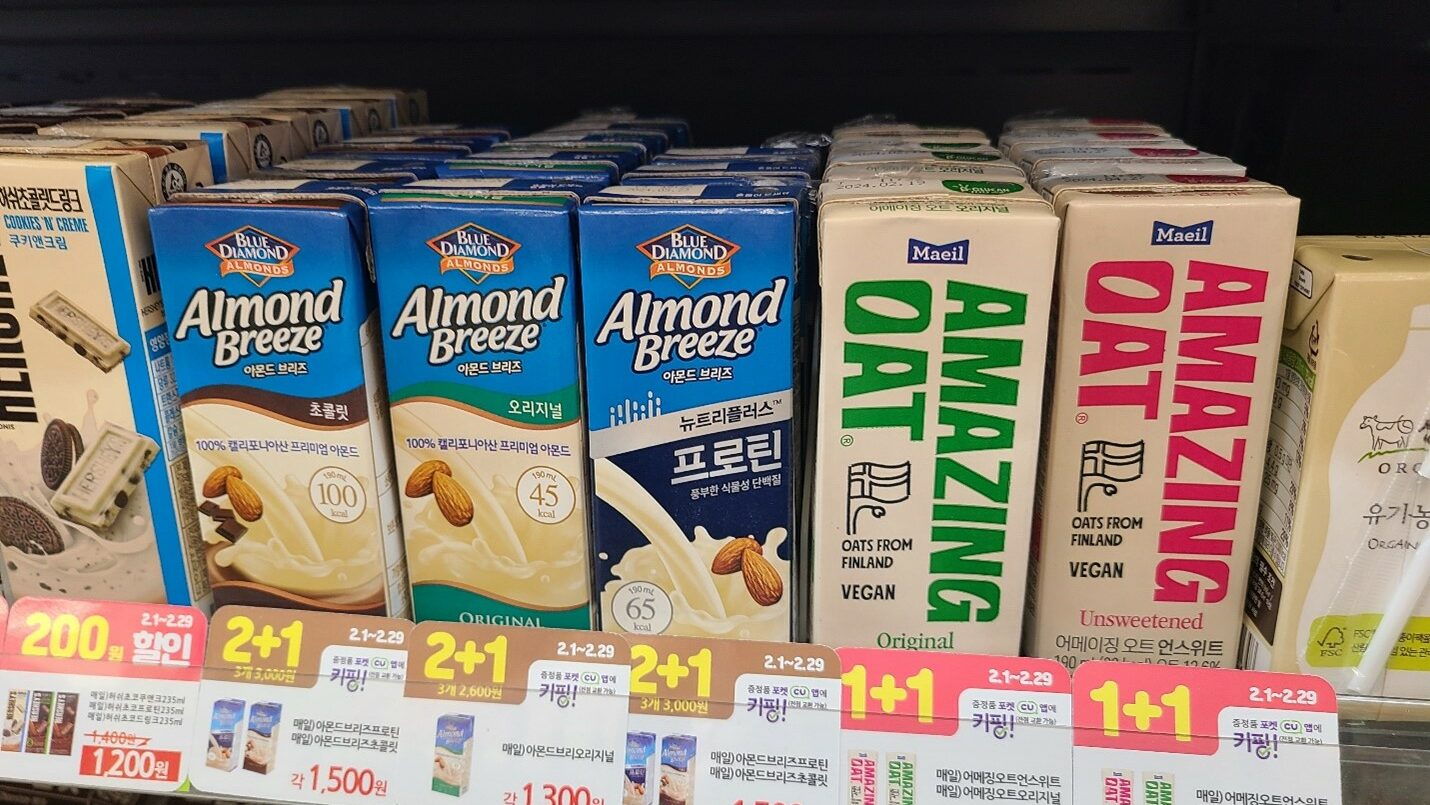
Non-fridge snacks that are ready to eat
“For other pre-packaged meals that don’t require refrigeration, you’ll usually find them on their own shelf, often with a dedicated aisle in the shop. The cup noodle options are abundant but almost all of them contain meat or meat products. The ingredients are all listed and some do have pictures as well. Thankfully, they also have a nutrition label which clearly shows in bold lettering the common allergens contained in each product. Careful shoppers can easily and quickly check for their sensitive ingredient before buying.”
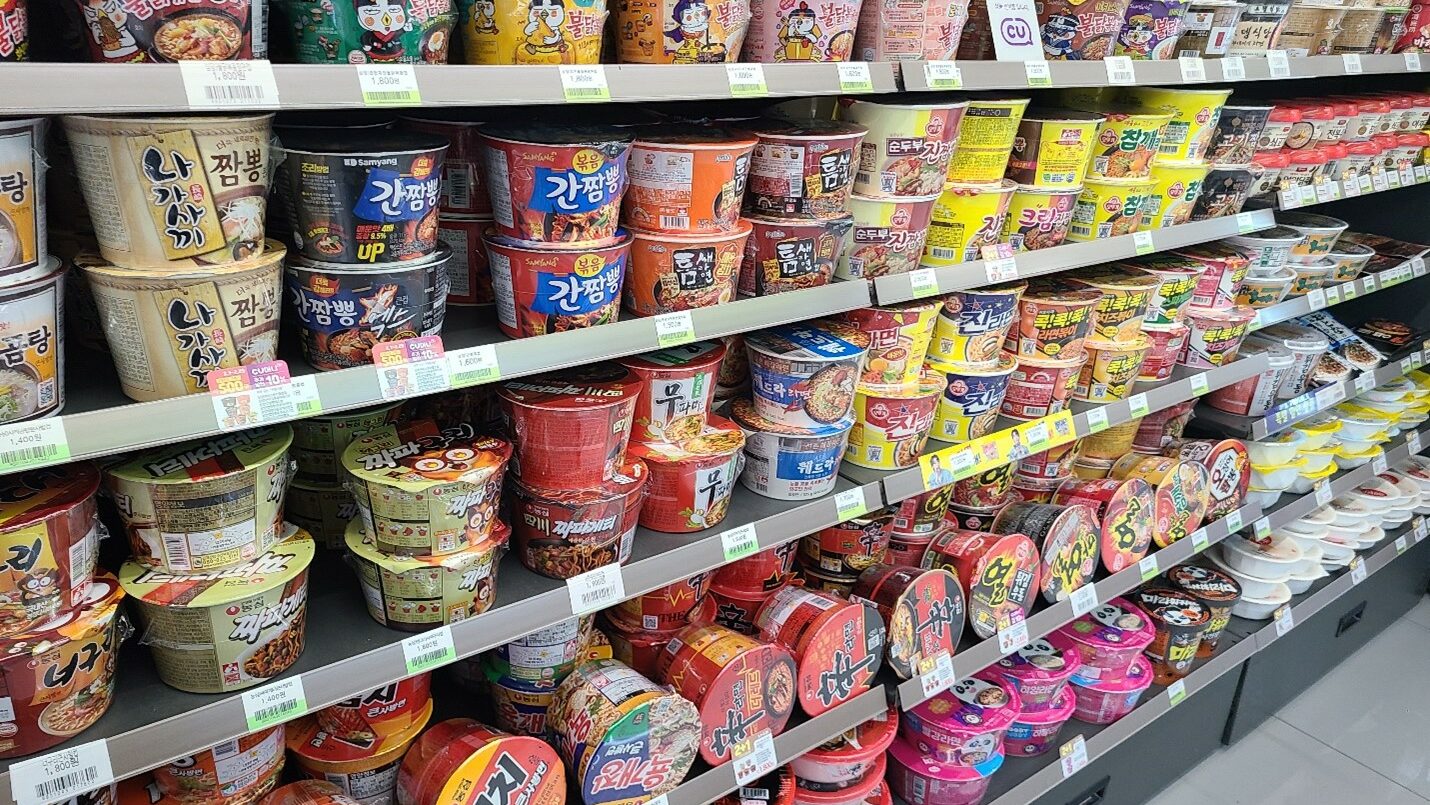
“While not every shop carries them, there are a few vegan options for noodles. The most common being vegetable ramen or potato noodles. If the shop carries it, you’ll see it called 야채라면 for veggie ramen or 감자 라면 for the potato noodles, and the packaging usually has the word “vegan” or “vegetarian” somewhere on it.
“For example the packaging below says 채식 (vegetarian) in Korean and vegan in English:
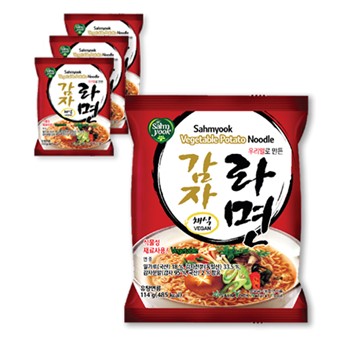
“It’s important to check that nutrition label, however, because not every veggie or potato noodle is completely safe. Some have chicken or beef or pork stock in them despite the absence of any meat. Nongshim brand has an award winning vegan option. You might even be able to find a vegan version of black bean noodles on the shelves of convenience stores in the tourist heavy parts of Seoul.
“If you’re fed up with noodles, there’s a safe rice porridge that you can get in any convenience store in any part of the country. It’s cheap, delicious, and ready in minutes.”
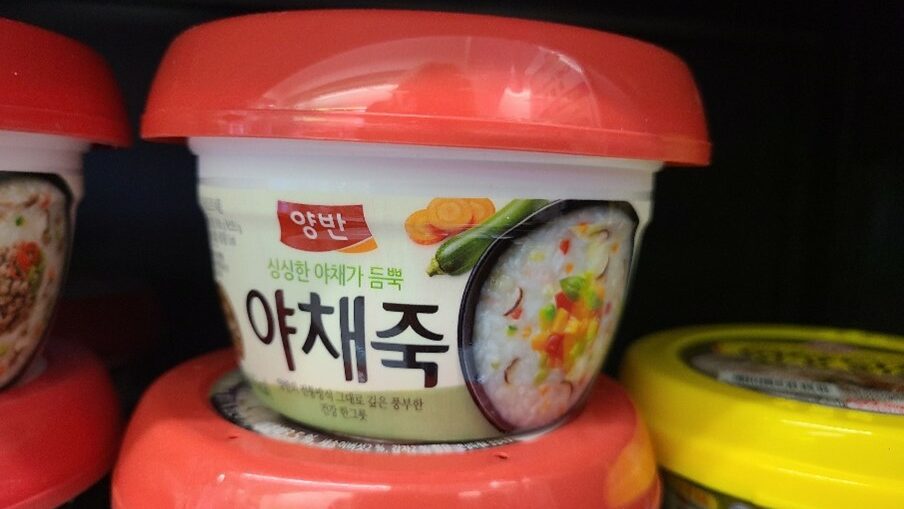
“Don’t forget to check out the extremely plentiful varieties of flavored almonds! A great snack anytime.”
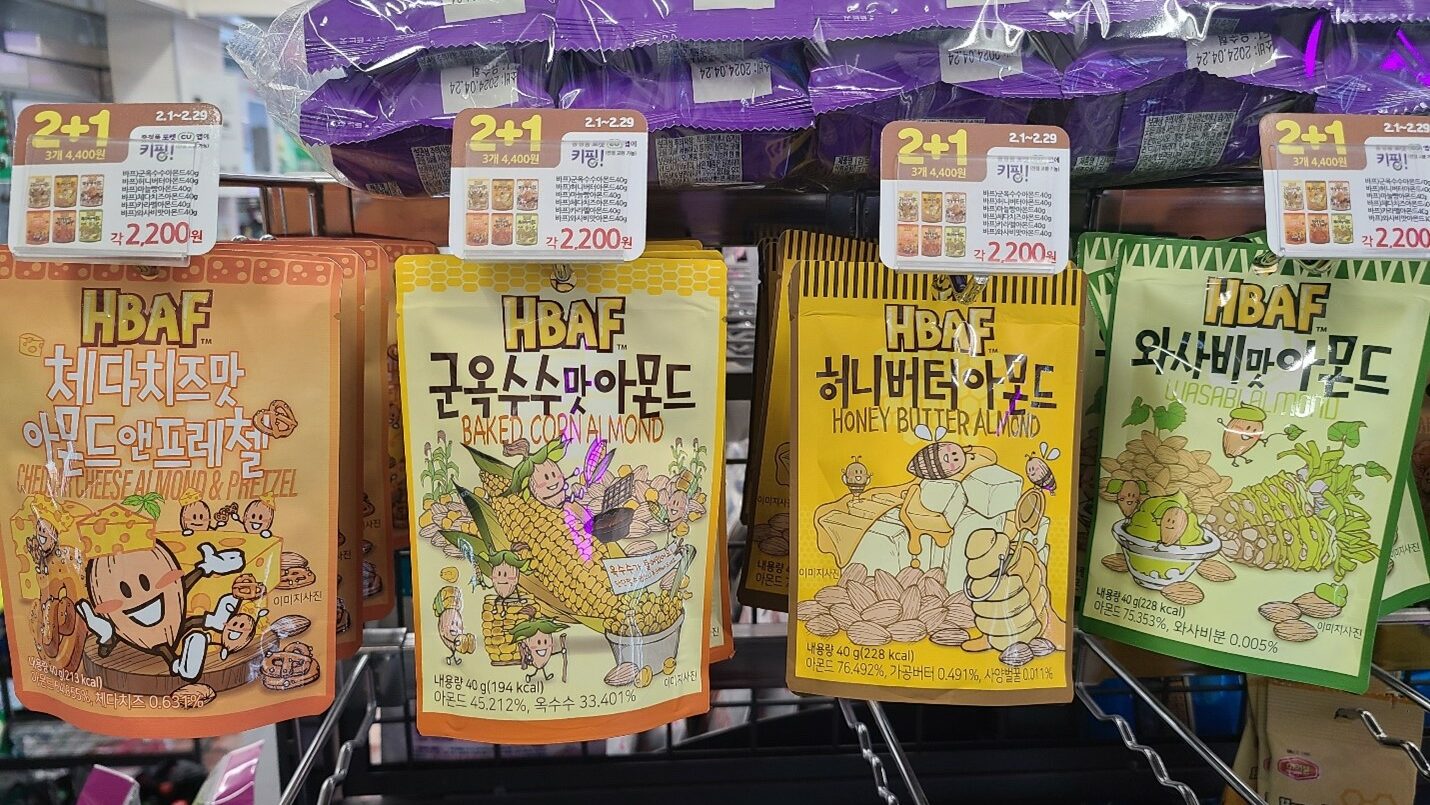
Always check the labels!
“It cannot be stressed enough, the importance of checking the nutrition label for those common allergen words. Many things which seem like they’ll be fine, really are not. For example, this squid snack is seemingly great for pescatarians, but flip it over you will find that it contains pork.”
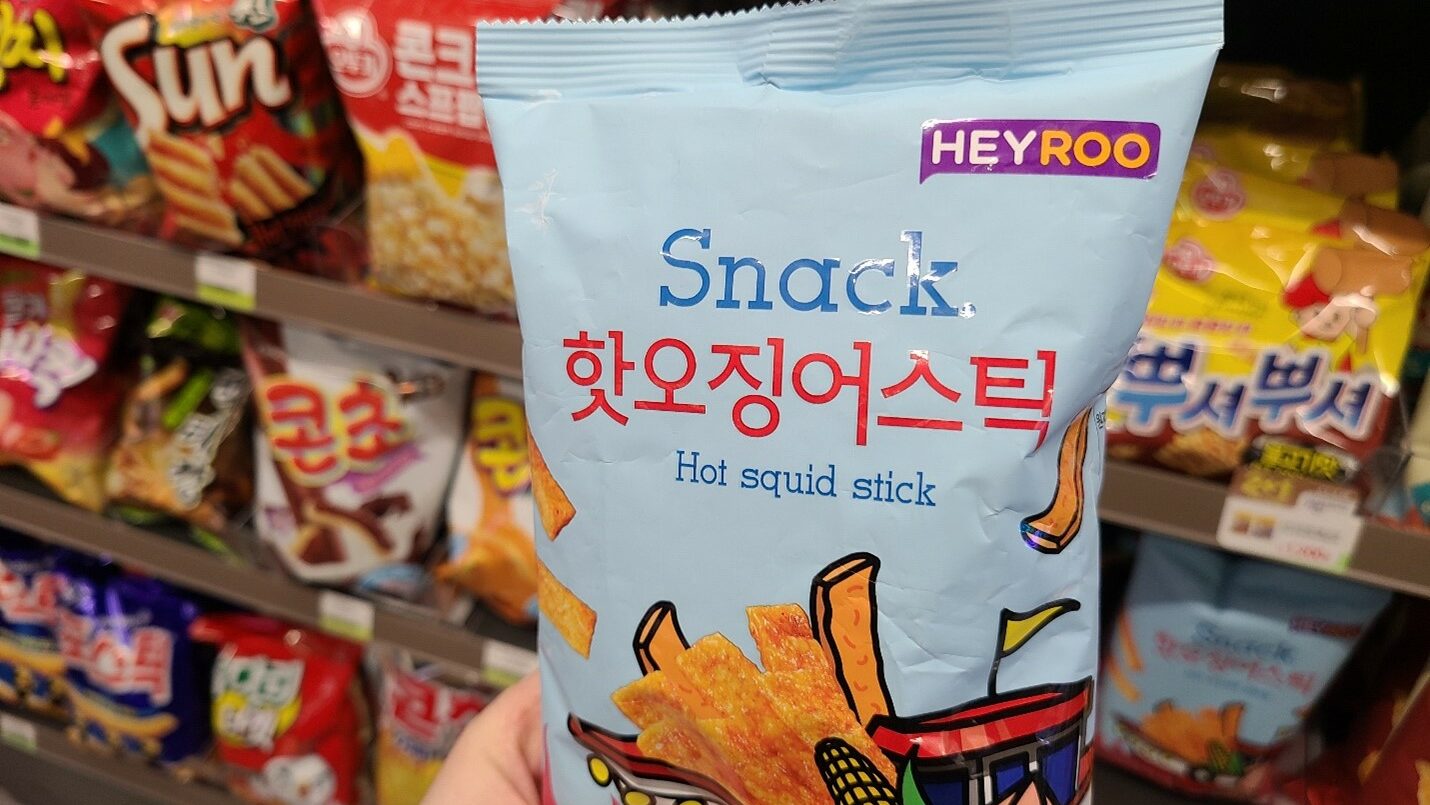
“While travelling in South Korea as a person with food restrictions is not as easy as one without, it is possible. With a little extra knowledge and some good tips, you’ll be able to use convenience stores to your advantage – making sure there’s always at least something you can eat, no matter where you’re travelling or what part of the country you’re in. It’s all in the preparation – and remembering that dietary requirements are fairly uncommon in Korea, so a little patience is required.
“With that in mind, and a convenience store on almost every corner, you can enjoy the land of the morning calm on a full belly!”
